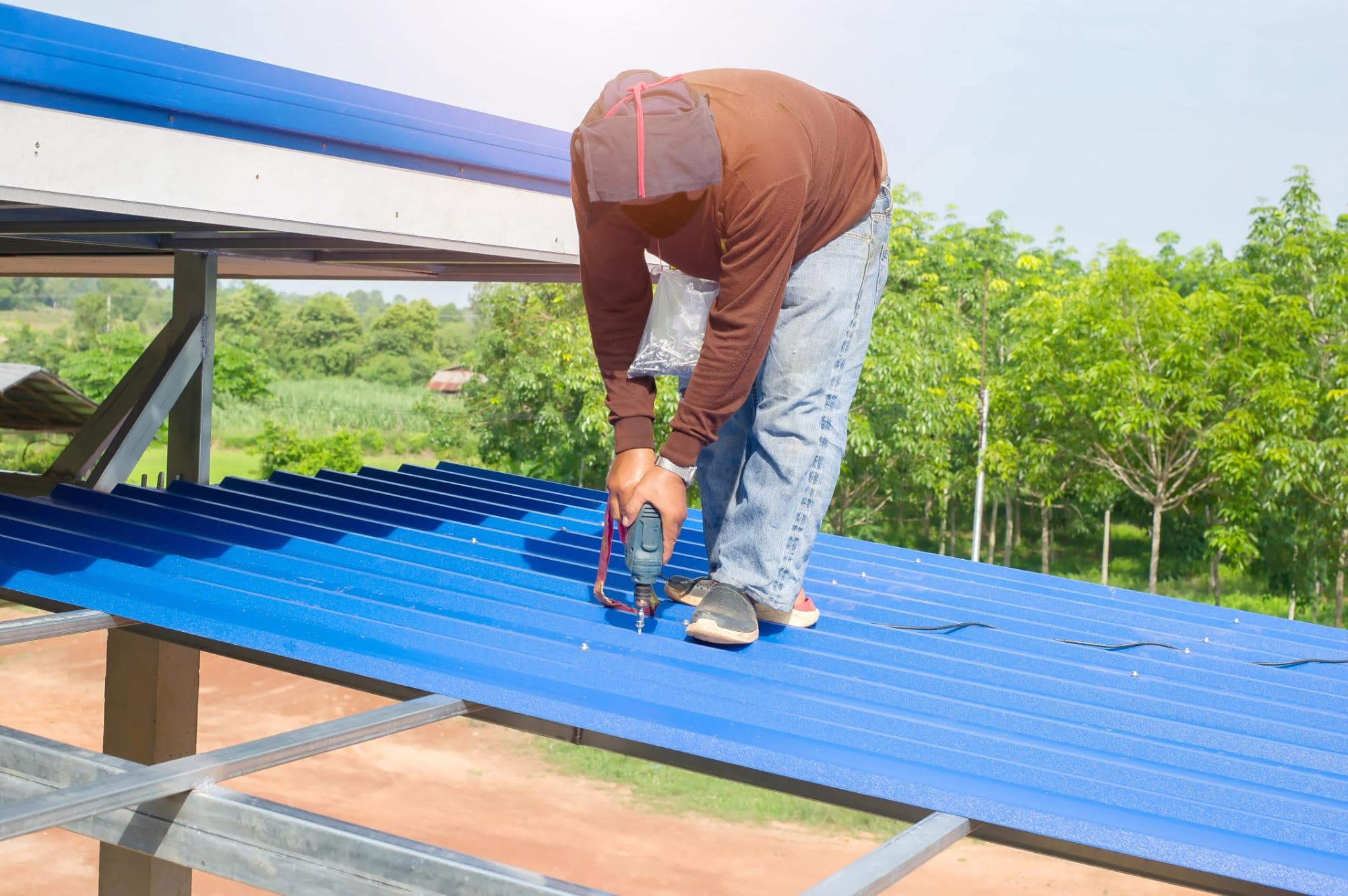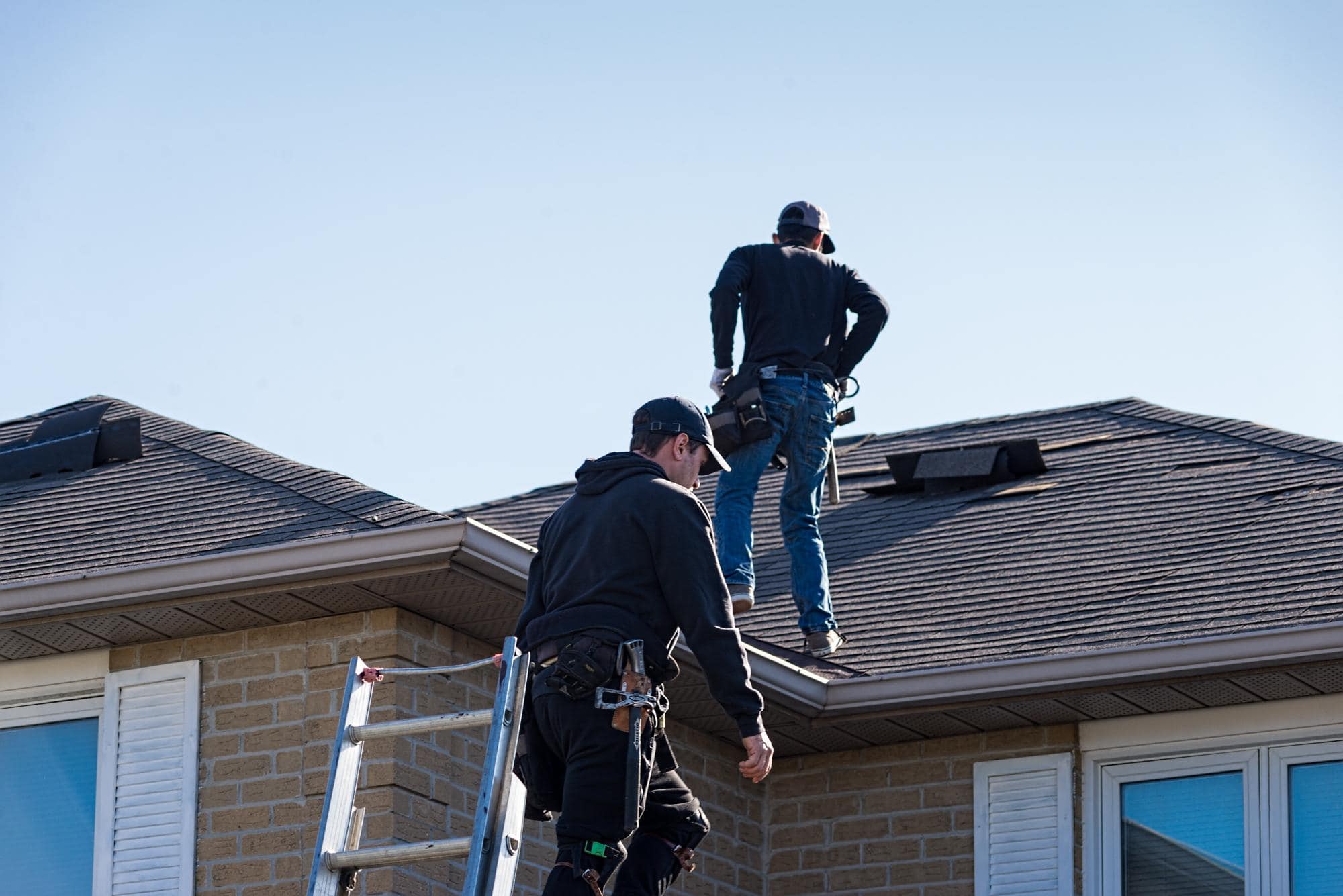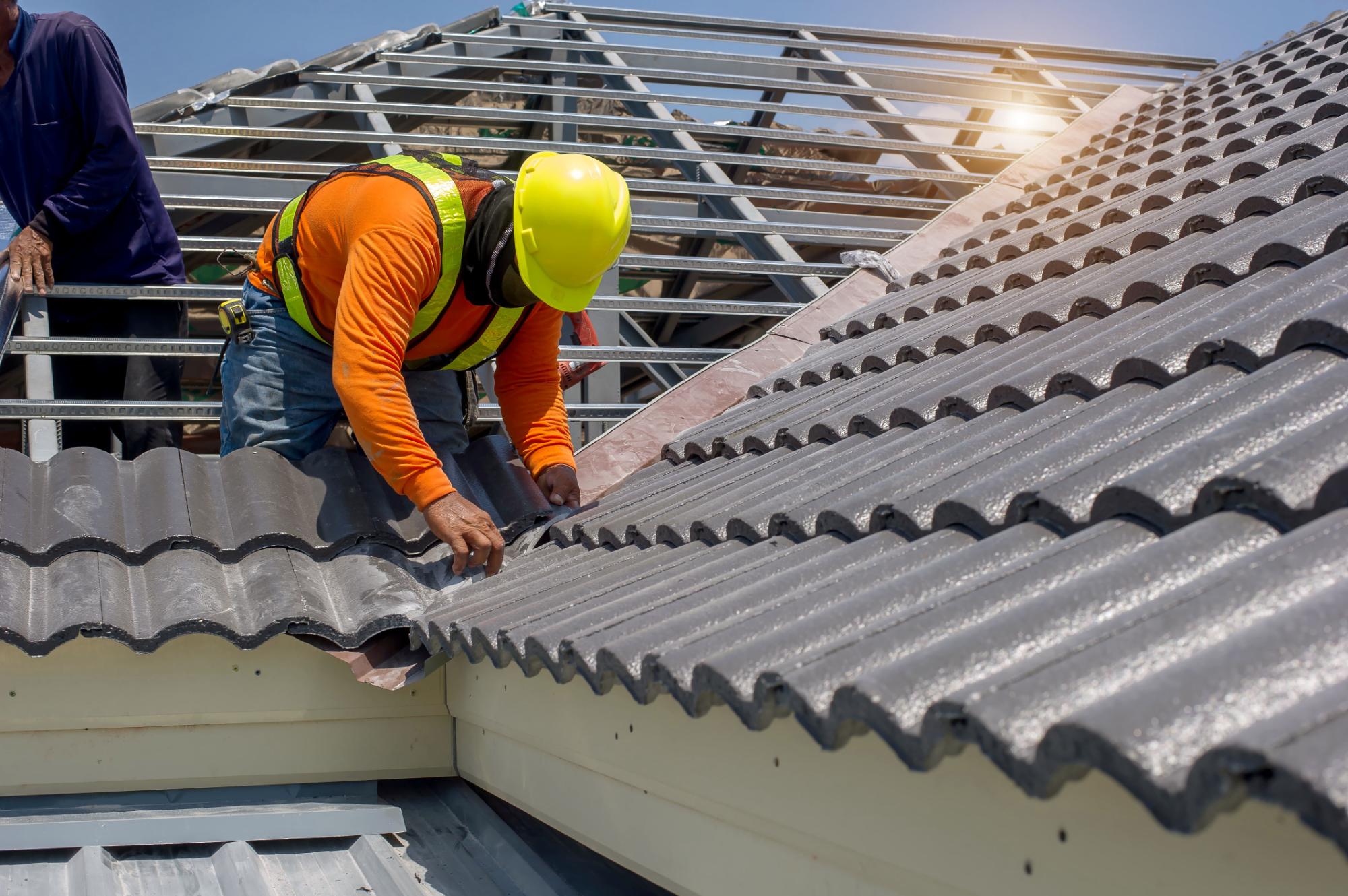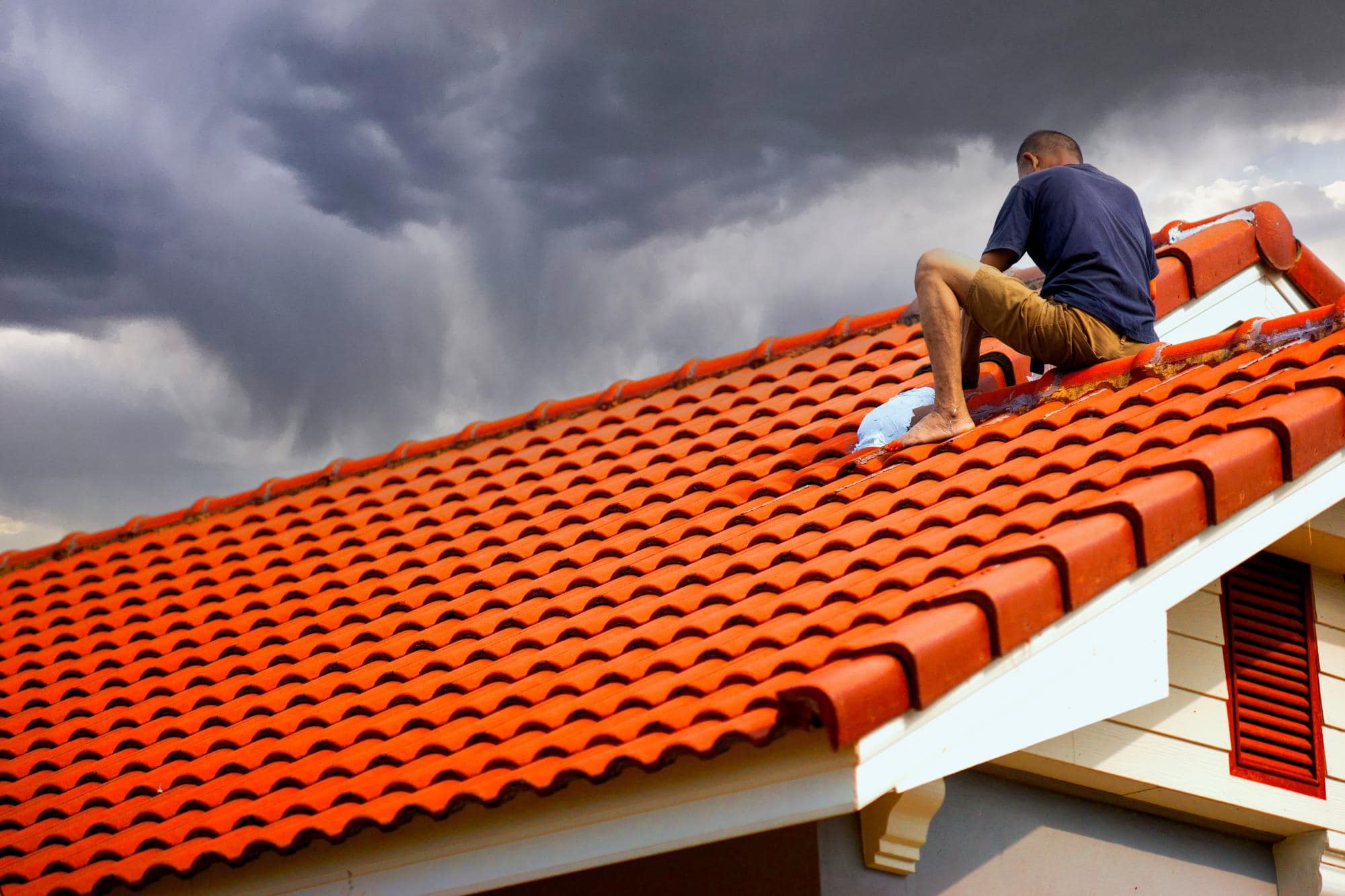Roof Installer in Mangonia Park, FL
Your Roof Problems End Here
Four generations of roofing expertise protecting South Florida homes since the 1940s.

Hear from Our Customers

Professional Roof Installation Services
You sleep better knowing your roof can handle whatever Florida throws at it. No more buckets during storms or wondering if this is the year you’ll need emergency repairs.
When your roof installation is done right the first time, you’re not dealing with callbacks, warranty disputes, or contractors who vanish after cashing your check. You get decades of protection, not years of problems.
That’s what happens when you work with a roof installer who’s been perfecting their craft for four generations. Your investment pays off in peace of mind, lower insurance premiums, and a roof that actually lasts as long as promised.
Mangonia Park Roofing Contractors
Aastro Roofing Company has been installing roofs in South Florida since 2016, but our family’s roofing expertise goes back to the 1940s. Four generations of roofers work together, combining old-school craftsmanship with modern materials and techniques.
We hold an A+ rating with the Better Business Bureau and earned Home Advisor’s Contractor of the Year award from 2017 through 2022. We’re certified by major manufacturers including GAF, CertainTeed, and Suprema.
What sets us apart is our independence. We’re not tied to selling one specific roofing system, so our recommendations are based on what actually works best for your property and budget, not what pays the highest commission.

Roof Installation Process Florida
Every roof installation starts with a free inspection. You get a thorough assessment of your current roof’s condition, potential issues, and honest recommendations about repair versus replacement.
If you need a new roof, you’ll receive multiple quotes for different systems. This isn’t about upselling you to the most expensive option – it’s about showing you what’s available at different price points so you can make an informed decision.
Installation begins with proper preparation and protection of your property. The old roof comes off, the deck gets inspected and repaired if needed, and your new roof goes on using manufacturer-specified installation methods. You get progress updates throughout the process and a final walkthrough when complete.

Residential Commercial Roof Installation
Your roof installation includes everything needed for a complete, long-lasting roof system. This means proper underlayment, ventilation, flashing, and all components installed according to manufacturer specifications and Florida building codes.
You get a 25-year warranty on materials and workmanship – significantly longer than most contractors offer. Repairs come with a full one-year warranty, compared to the six months or less that most competitors provide.
The installation process includes protection of your landscaping and property, complete cleanup, and disposal of old materials. You’re not left dealing with debris or damage to your yard. Multiple financing options are available to help manage the investment without straining your budget.

